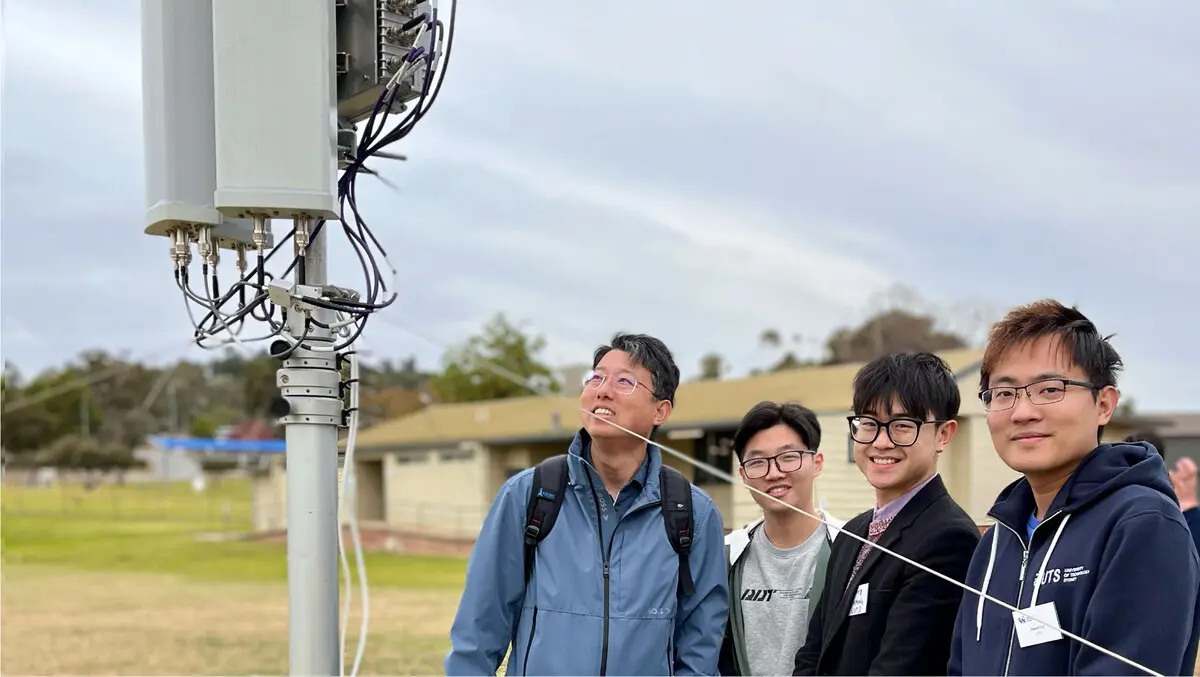
Australian government grants AUD $1.5m for Large Area Wi-Fi project
The Australian Government's Telecommunications Disaster Resilience Innovation (TDRI) programme has awarded an AUD $1.5 million grant to support the next phase of the Large Area Wi-Fi project. The initiative, led by the Connectivity Innovation Network (CIN) in collaboration with Pivotel and Roobuck, aims to enhance telecommunications resilience in Australia's regional, remote, and First Nations communities.
The Large Area Wi-Fi project, initially funded by CIN in November 2022, focuses on developing a rapidly deployable solution that can provide reliable connectivity to underserved communities in the wake of natural disasters. The project has already shown significant potential in delivering voice and data services across a large area using advanced Wi-Fi protocols and resilient satellite backhaul.
The system is designed to cover an area of up to two square kilometres, supporting up to 100 simultaneous users at speeds of up to 10Mbps per user. This capability is particularly crucial for effective disaster response and recovery, ensuring that communities and emergency services remain connected even when traditional communication services are disrupted.
The Large Area Wi-Fi solution employs Pivotel's satellite backhaul services, including Low Earth Orbit (LEO) satellite constellations OneWeb and Starlink, as well as NBN Co's Sky Muster. The system also has the potential to integrate LTE connectivity, supported by an SD-WAN solution that facilitates network bonding and Multi-Path Transport Protocol for essential data transmission.
One of the project's key innovations is a novel Wi-Fi protocol developed by the University of Sydney. This protocol addresses the hidden node issue, which occurs when two devices transmit simultaneously, causing collisions and reducing network efficiency. By mitigating this problem, the protocol enhances long-range high data rates and ensures more reliable connectivity. Furthermore, the University of Technology Sydney has designed a unique high-gain and wide-beam antenna that enables high performance over a large area, thus ensuring the system can deliver robust and resilient communication capabilities.
UTS Distinguished Professor Jay Guo, CIN's Technical Director, highlighted the collaborative effort involved in the project: "The Large Area Wi-Fi project leverages CIN's world-leading capabilities in the connectivity space, particularly in wireless communications and antennas. The earlier success of the previous CIN-funded pilot project exemplifies how Australian universities, industry, and governments can collaborate to tackle national challenges and meet community needs. We are confident that the TDRI grant will propel the technology to the next level, delivering meaningful societal impact."
Peter Bolger, CEO of Pivotel, echoed these sentiments: "This grant is recognition of Pivotel's long-held ambition to deliver solutions that address the connectivity challenges faced by regional and remote Australians and make a difference to their lives. For more than 20 years, we have worked tirelessly with our partners to develop innovative communication solutions, and the TDRI programme allows us to continue delivering critical services that benefit Australian communities. We are proud that this project will allow people and organisations to stay safe and connected during the most challenging moments."
The federal government's support through the TDRI programme underscores its commitment to fostering innovation and improving telecommunications resilience across Australia. By funding projects like Large Area Wi-Fi, the programme aims to ensure that all Australians, regardless of their location, have access to reliable communication services, particularly during times of crisis.
As the Large Area Wi-Fi project advances to its next phase, the focus will remain on refining the technology and expanding its deployment. CIN, Pivotel, and Roobuck will continue to engage with community stakeholders to ensure that the solution meets their needs and delivers tangible benefits. The innovative approach and collaborative spirit driving the project promise to make a lasting impact on Australia's telecommunications landscape.


